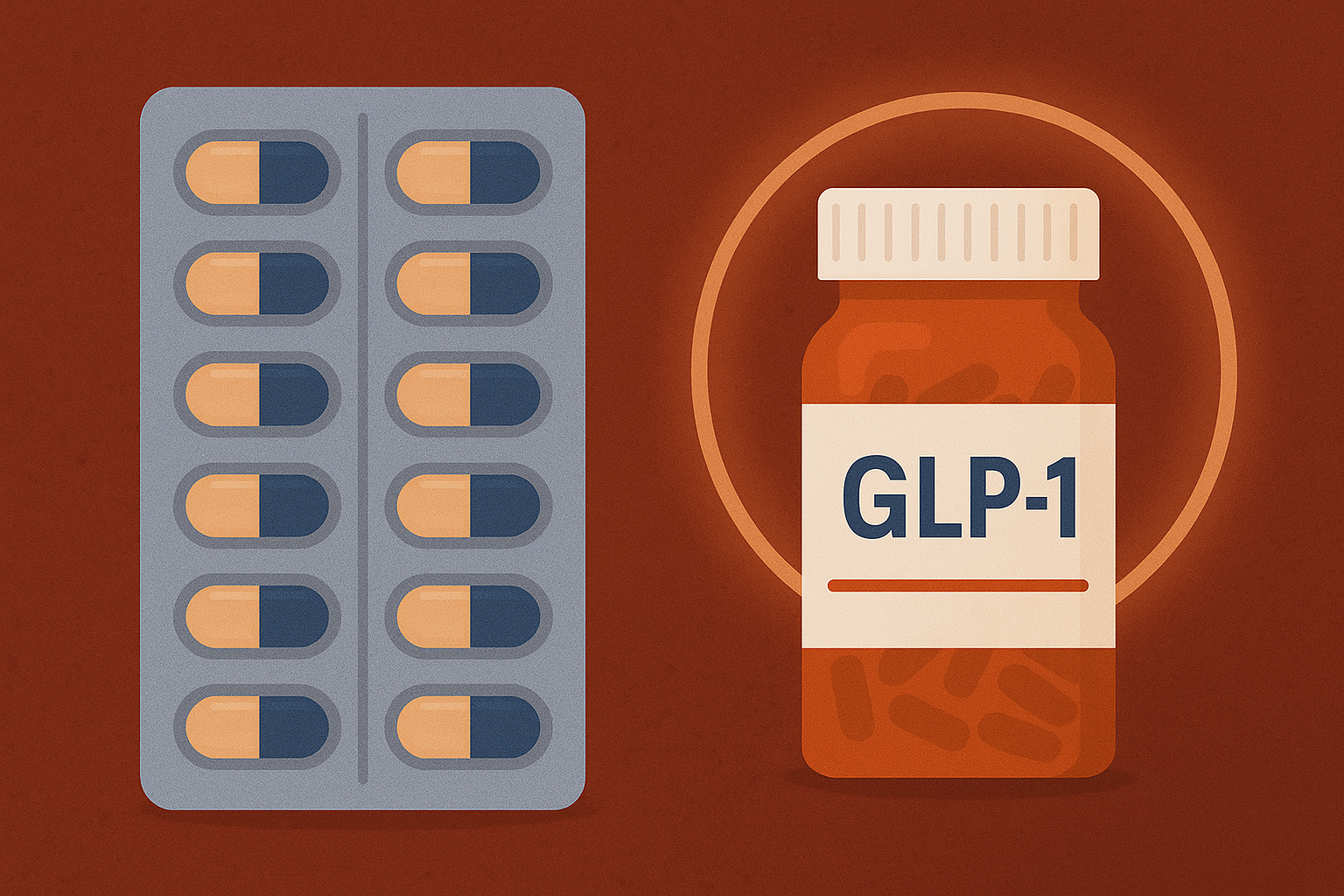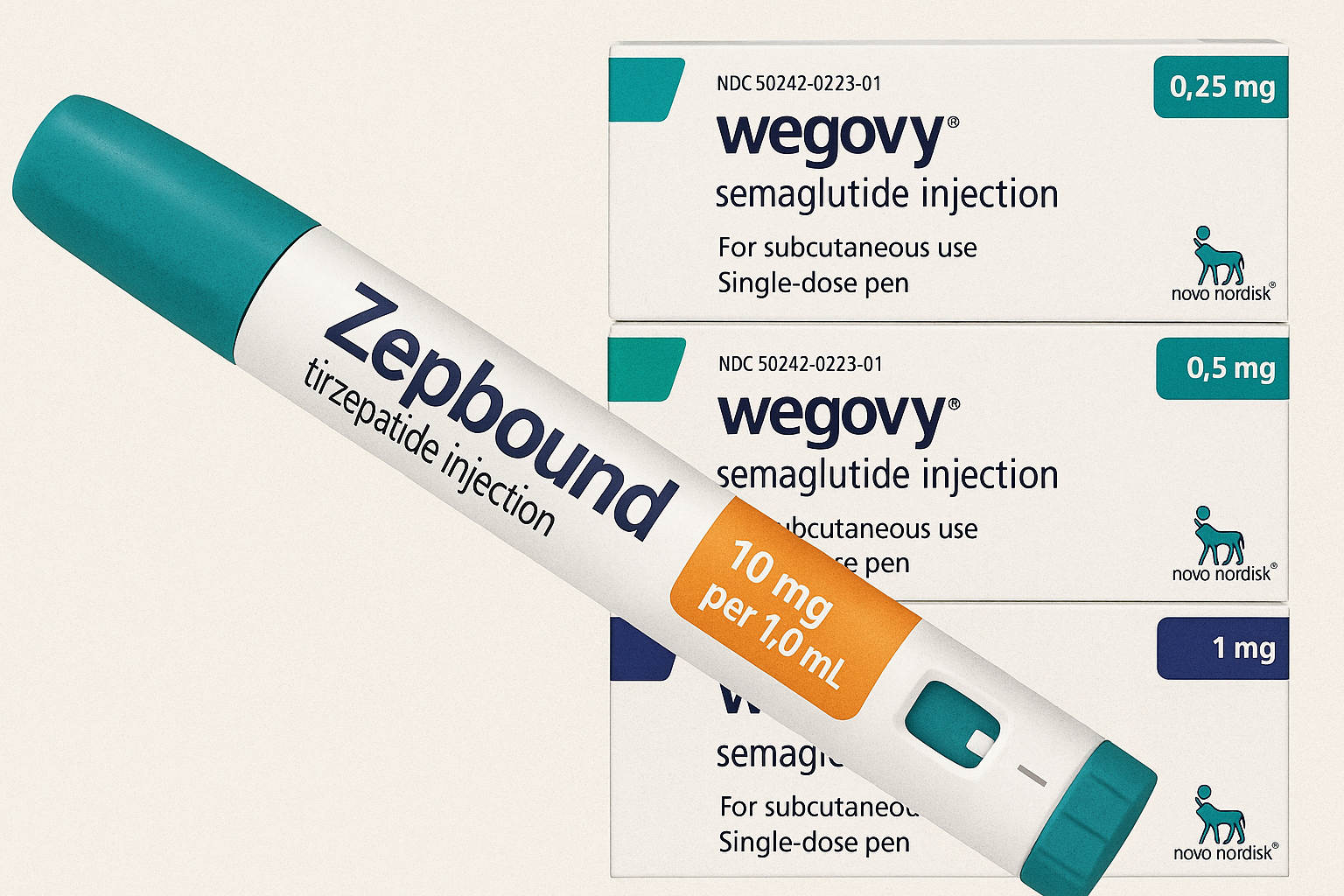A Scientific Mystery Solved
In a breakthrough that defies conventional logic, researchers have discovered that two completely opposite drug strategies—stimulating and blocking the same hormone receptor—both effectively promote weight loss, but through entirely different brain mechanisms. This surprising finding, published in Nature Metabolism, could revolutionize how we develop future obesity treatments.
The GIP Paradox: Opposing Actions, Same Result
The study focused on the glucose-dependent insulinotropic polypeptide (GIP) receptor, a key player in metabolism. Scientists found that:
✔ GIP receptor agonists (stimulators) → Weight loss
✔ GIP receptor antagonists (blockers) → Also weight loss
But how?
1. GIP Agonists Work Through GABA Neurons
- Activate GABAergic neurons in the brain, reducing hunger.
- Independent of GLP-1 signaling (another key satiety hormone).
2. GIP Antagonists Rely on GLP-1 Pathways
- Surprisingly, blocking GIP still leads to weight loss—but only if GLP-1 receptors are active.
- They trigger hindbrain satiety circuits, similar to GLP-1 drugs like Ozempic.
“Our data solves a long-standing mystery,” says lead researcher Prof. Timo Müller. “Both drug types work—just in completely different ways.”**
Why This Matters for Future Obesity Drugs
1. More Targeted Treatments
- Drugs could be tailored to individual brain responses.
- Example: Tirzepatide (Mounjaro/Zepbound) already combines GLP-1 + GIP agonism for enhanced weight loss.
2. Explaining Past Surprises
- Earlier studies found that blocking GIP enhanced weight loss when paired with GLP-1 drugs. Now we know why.
3. New Drug Combinations
- Could GIP antagonists + GLP-1 agonists be even more effective?
- Might triple-action drugs (GLP-1 + GIP agonism + GIP antagonism) emerge?
The Bigger Picture: A Brain-Centric Approach to Obesity
This research confirms that obesity is not just about willpower—it’s a complex brain-driven disorder. Future treatments may involve:
🔹 Precision targeting of neural hunger/satiety circuits.
🔹 Personalized approaches based on a patient’s unique brain chemistry.
Reference: SciTech Daily



